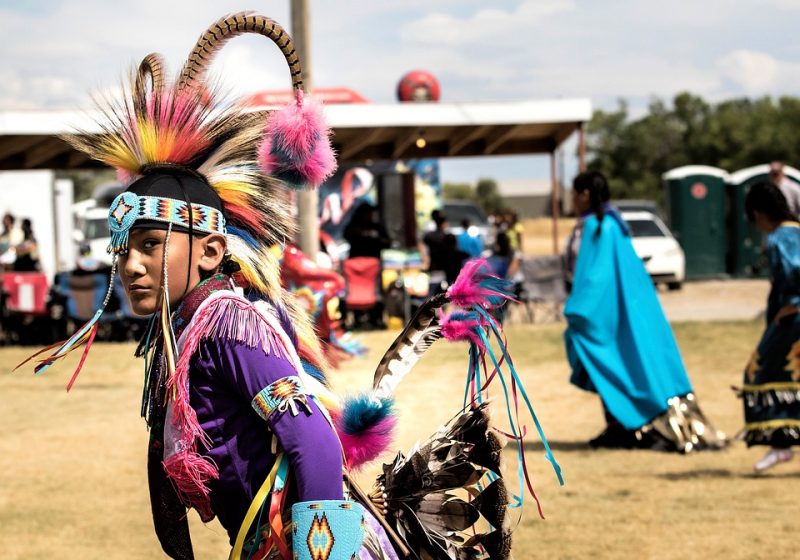
Indigenous people make up about five percent of the world’s population, residing in 70 countries with minimum or no management control over their land, resources, and lives. Even though the actual number is unknown for native populations, about 70% of the world’s population does not have a registered title to their land.
A recent analysis showed 370 million indigenous peoples have rights or claims to over 25% of the world’s land area which includes two-fifth of the world’s protected and reserved zones, mostly unrecognized. Published in Nature, the study pointed that providing the rights to land and resources to natives can ensure greater ecological conservation and meeting local and global conservation goals.
The researchers compiled land data from 87 countries out of 235 nations excluding Antarctica and some deserted islands in the Southern Ocean. They used five types of spatial dataset: regulatory, geographic range of indigenous peoples’ estates, preserved regions, human footprint, and anthropogenic biomes. Africa and Asia have the highest number of states with the native inhabitants. The results show indigenous communities hold 37% of the natural lands, and the lowest density of land use among these vulnerable population does not come across as a surprise. Almost 70% of the remote and least dense places belong to native communities. But the researchers also pointed out growing outside intervention in these areas.
The barriers towards granting land rights and maintaining trust are multiple. First, there is no consensus on defining indigenous peoples’ and land, and it is often disputed by proponents. Second, laws and agreements are based on trust, and there is usually a lack of trust between authorities and the natives. Third, governments are reluctant toward handling indigenous issues, especially land law reform, as it can destabilize the relationship between indigenous and settler communities, also toppling the state.
Fourth is the cultural sensitivity towards the indigenous population. The idea of land and resource varies throughout aboriginal societies within the spectrum of collective against individual rights. Fifth, the use of Free Prior Informed consent (FPIC) has been questionable in resource management. The idea of FRIC is to place bottom-up support and discussion for indigenous populations before the commencement of development projects on native lands or using indigenous resources. There have been cases where corporations and businesses have abused the duty to consult, which brings us to external problems, e.g. fossil fuel, mining, or agricultural industry intervention.
The deep connection of indigenous people to their cultural and social space allows them to manage their natural environment better. Their daily life, livelihood, and skillset all depend on interaction with the natural environment. The analysis emphasized their institutional capacity to be persistent and resilient.
Indigenous people have their motivations and desires to prosper, like any other community of the world. It is unfair to put the unnecessary burden of conservation on them when it comes to creating goals for global carbon reduction. The study urges a “bottom-up” approach to ensure community participation in policy design, interventions, and implementation process of any initiative taken. The growing representation of the indigenous society in the global post-2020 biodiversity framework is a positive sign, even though this pattern needs to be channeled in local, national and regional contexts. The World Bank and United Nations focus on such consultation and interventions as part of their green fiscal reform initiatives. Innovation and technological advancement will influence their traditional life. Preserving the conventional ways of life, and providing education and technical skillset to find local solutions to complex modern problems is a must.
Indigenous people are at the forefront of facing the adverse impact of climate change. Change in the weather pattern, disease cycles, food cycles, and natural disasters bring unwarranted consequences for the aboriginal communities. Providing land rights will guarantee that they have the administrative stability to become resilient communities. Their sustained existence will ensure the crucial traditional knowledge is passed on from generation to generation and also toward achieving global targets for conservation.
Palash Sanyal is a professional in the field of sustainable development, environment and energy. He has worked with IFAD, TEDTalk, WaterAid Bangladesh and other non-government organisations. Palash specialises in innovative design process, behavioural change and transdisciplinary sustainability issues. He has more than five years of facilitation experience, facilitating controversial issues for Soliya, UNESCO, Harvard University, University of Saskatchewan and various other organisations. Twitter: @prsanyal.









